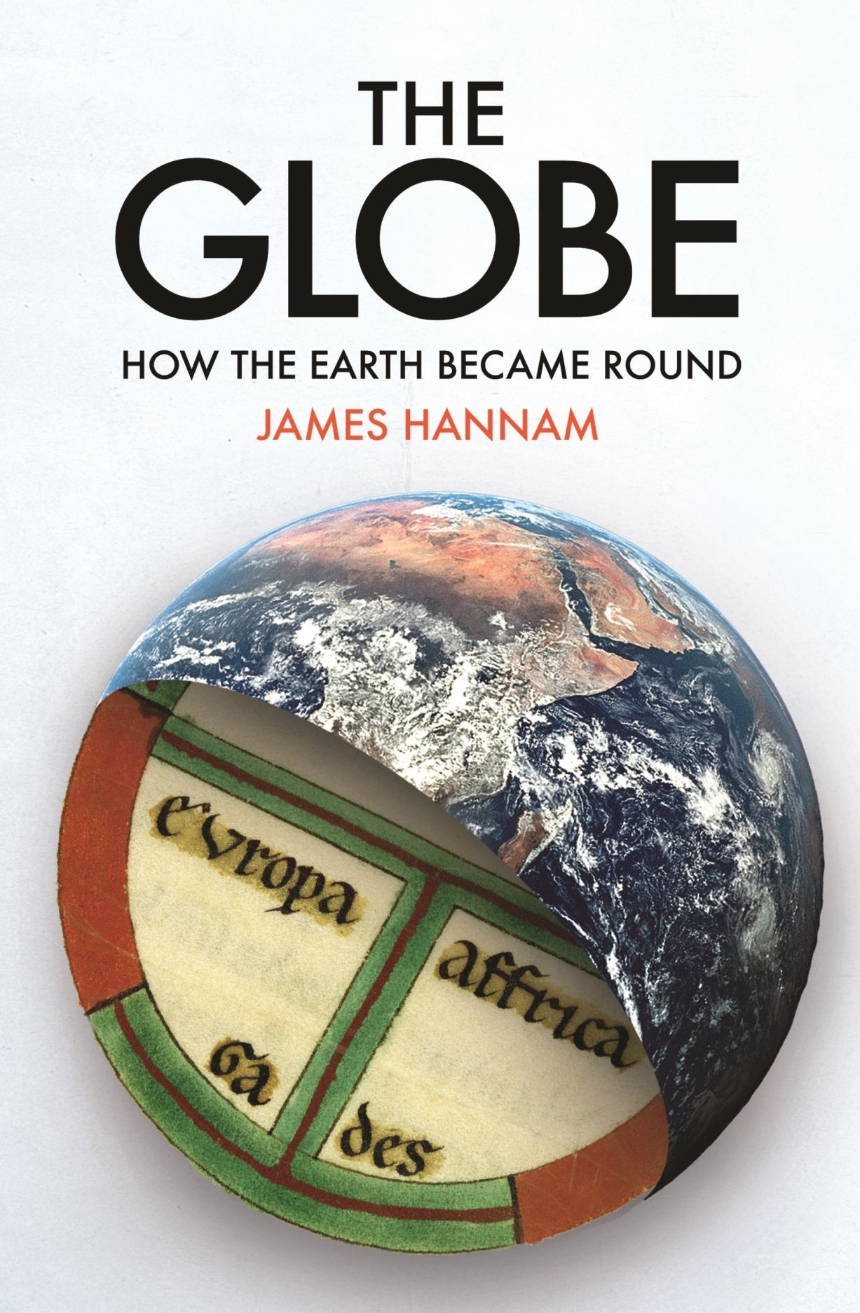A New Scientist Best Book of 2023
From Babylon to Columbus and beyond, a journey across millennia and—yes—the globe exploring how we came to understand our spherical planet.
The Globe tells the story of humanity’s quest to discover the form of the world: that the Earth is round and not flat. Philosophers in ancient Greece deduced the true shape of the Earth in the fourth century BCE; the Romans passed the knowledge to India, from where it spread to Baghdad and Central Asia. In early medieval Europe, Christians debated the matter, but long before the time of Columbus, the Catholic Church had accepted that Earth is a ball. However, it wasn’t until the seventeenth century that Jesuit missionaries finally convinced the Chinese that their traditional square-earth cosmology was mistaken. An accessible challenge to long-established beliefs about the history of ideas, The Globe shows how the realization that our planet is a sphere deserves to be considered the first great scientific achievement.
From Babylon to Columbus and beyond, a journey across millennia and—yes—the globe exploring how we came to understand our spherical planet.
The Globe tells the story of humanity’s quest to discover the form of the world: that the Earth is round and not flat. Philosophers in ancient Greece deduced the true shape of the Earth in the fourth century BCE; the Romans passed the knowledge to India, from where it spread to Baghdad and Central Asia. In early medieval Europe, Christians debated the matter, but long before the time of Columbus, the Catholic Church had accepted that Earth is a ball. However, it wasn’t until the seventeenth century that Jesuit missionaries finally convinced the Chinese that their traditional square-earth cosmology was mistaken. An accessible challenge to long-established beliefs about the history of ideas, The Globe shows how the realization that our planet is a sphere deserves to be considered the first great scientific achievement.
376 pages | 9 color plates, 38 halftones | 5 1/2 x 8 1/2 | © 2023
History: General History, History of Ideas
Reviews
Table of Contents
Introduction: ‘The Blue Marble’
1 Babylon: ‘The four quarters of the Earth’
2 Egypt: ‘The black loam and the red sand’
3 Persia: ‘Order and Deceit’
4 Archaic Greece: ‘The Shield of Achilles’
5 The Origins of Greek Thought: ‘Equally distant from all extremes’
6 The Presocratics and Socrates: ‘Floating on air’
7 Plato: ‘Flat or round, whichever is better’
8 Aristotle: ‘Necessarily spherical’
9 Greek Debate on the Shape of the World: ‘Either round or triangular or some other shape’
10 Romans on the Globe: ‘The circle of the world’
11 India: ‘The mountain at the North Pole’
12 The Sassanian Persians: ‘Good thoughts, good words, good deeds’
13 Early Judaism: ‘From the ends of the Earth’
14 Christianity: ‘All things established by divine command’
15 Islam: ‘The Earth laid out like a carpet’
16 Later Judaism: ‘The wise men of the nations have defeated the wise men of Israel’
17 Europe in the Early Middle Ages: ‘Equally round in all directions’
18 High Medieval Views of the World: ‘The Earth has the shape of a globe’
19 Columbus and Copernicus: ‘New worlds will be found’
20 China: ‘The heavens are round and the Earth is square’
21 China and the West: ‘Like the yoke in a hen’s egg’
22 The Globe Goes Global: ‘At the round Earth’s imagined corners’
23 Today: ‘There’s nothing particularly exciting about a round world’
Afterword
References
Bibliography
Acknowledgements
Photo Acknowledgements
Index
1 Babylon: ‘The four quarters of the Earth’
2 Egypt: ‘The black loam and the red sand’
3 Persia: ‘Order and Deceit’
4 Archaic Greece: ‘The Shield of Achilles’
5 The Origins of Greek Thought: ‘Equally distant from all extremes’
6 The Presocratics and Socrates: ‘Floating on air’
7 Plato: ‘Flat or round, whichever is better’
8 Aristotle: ‘Necessarily spherical’
9 Greek Debate on the Shape of the World: ‘Either round or triangular or some other shape’
10 Romans on the Globe: ‘The circle of the world’
11 India: ‘The mountain at the North Pole’
12 The Sassanian Persians: ‘Good thoughts, good words, good deeds’
13 Early Judaism: ‘From the ends of the Earth’
14 Christianity: ‘All things established by divine command’
15 Islam: ‘The Earth laid out like a carpet’
16 Later Judaism: ‘The wise men of the nations have defeated the wise men of Israel’
17 Europe in the Early Middle Ages: ‘Equally round in all directions’
18 High Medieval Views of the World: ‘The Earth has the shape of a globe’
19 Columbus and Copernicus: ‘New worlds will be found’
20 China: ‘The heavens are round and the Earth is square’
21 China and the West: ‘Like the yoke in a hen’s egg’
22 The Globe Goes Global: ‘At the round Earth’s imagined corners’
23 Today: ‘There’s nothing particularly exciting about a round world’
Afterword
References
Bibliography
Acknowledgements
Photo Acknowledgements
Index

